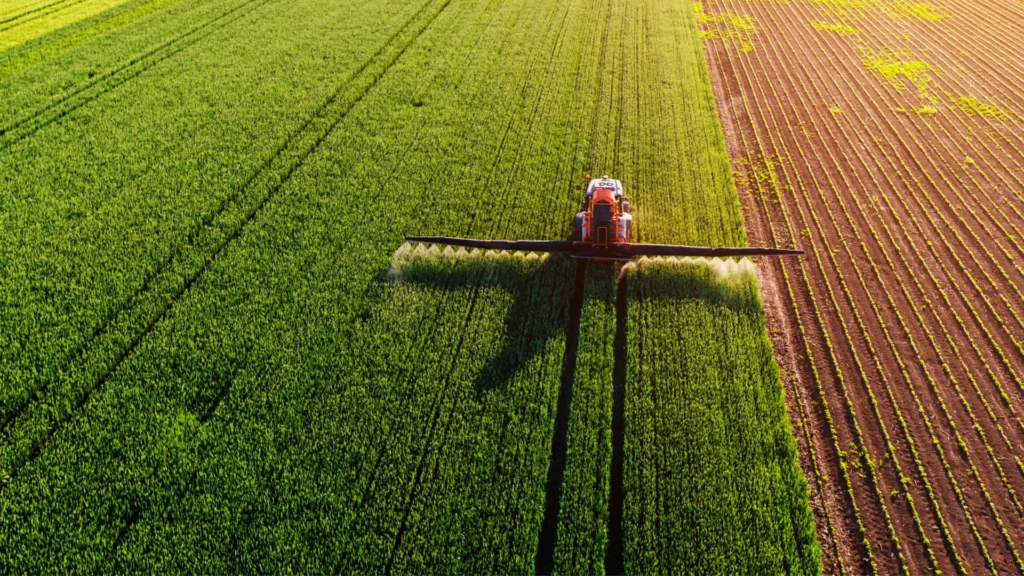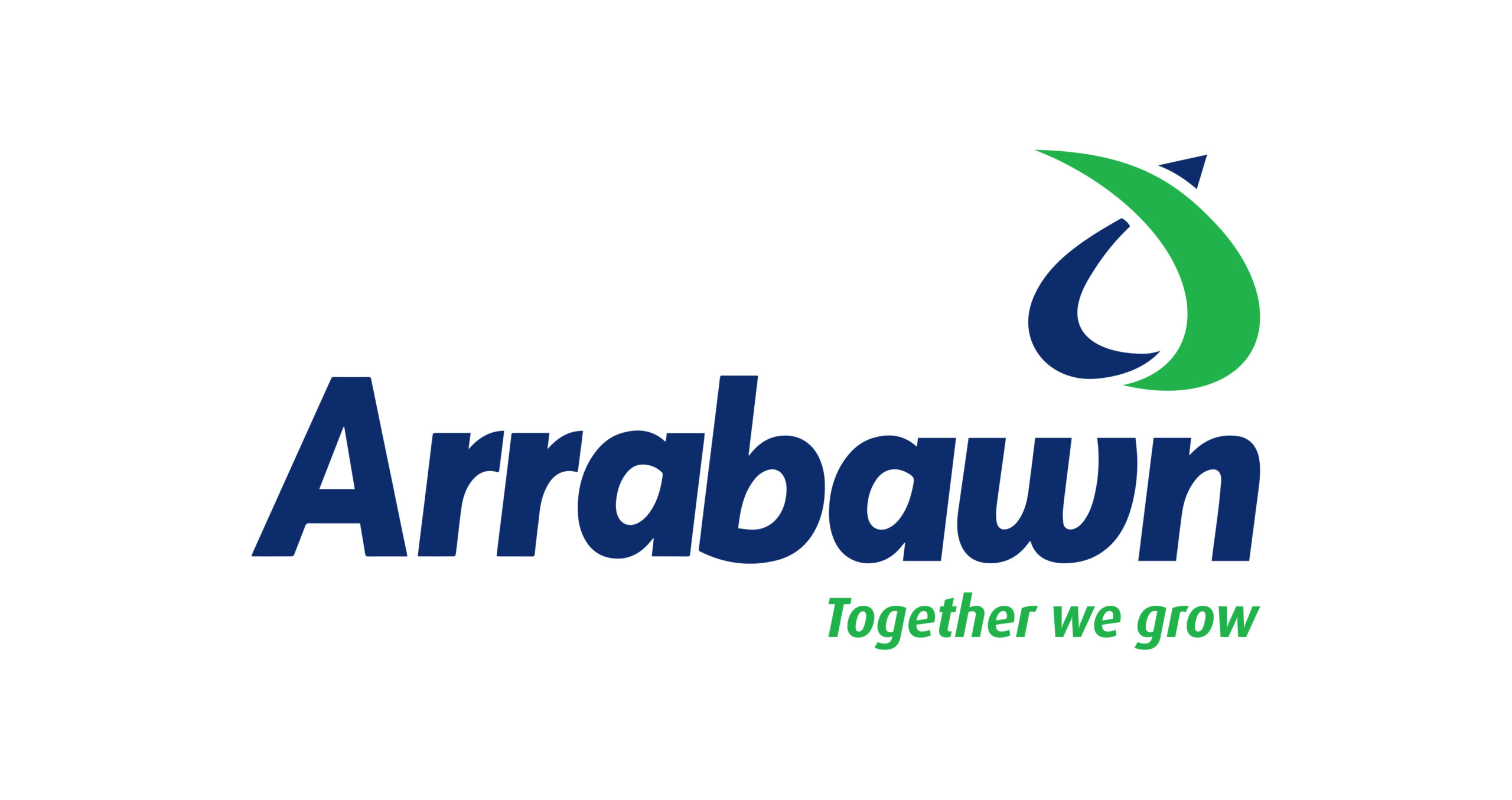- Adjust N application rates based on growth rates. One unit of N per day of rotation is recommended. Protected Urea can be used during dry conditions. Once soil moisture deficits are restored, nitrogen mineralisation from the soil will occur and 8 – 16 units/ac can be released which will help kick start growth. Spreading excess N will not be used up by the plant.
- The following regime should be at the present time; < 25kg DM/ha growth – hold N spreading until weather changes. Growth of 25 – 50 Kg DM/ha – continue to spread reduced N level (15 kg N/ha) and growth of 50 + Kg DM/ha – continue to spread as normal.
- Following your soil results or Nutrient Management Plan, applying Phosphorus and Potash where needed. This will help with root recovery, water uptake and grass recovery.
- Sulphur is important for Nitrogen update and efficiency. Sulphur aids in plant protein production and grass that has sulphur will remain higher in protein and retain feeding quality later into the season. Include at a rate of 12:1 for grazing.
- Paddocks that have a high moisture deficits or are burnt/brown in colour, the advice is to hold off fertiliser application until rain is forecasted.
- Palatability may be an issue with the sudden uptake of Nitrogen. Using products with sodium will help increase palatability of the plant.
- Good time to apply Lime on bare paddocks. May not get another chance this year. Apply the recommended rate depending on your soil results.
- Silage ground for second cut needs to applied as soon as possible if not already done to maximise growth and potential yield. If silage ground is bare consider splitting the application by applying 50% now and the remainder in a few weeks.
- Cattle slurry is the best way to replenish the nutrients taken off in the first cut. Apply 2500 gallons to the acre. Again watch out for the weather forecast and apply using a low emission system if possible.
- Second cut silage requires 80 units of N, 12 units of P, and 80 units of K and 16 units of S.

June Fertiliser Application
- Posted June 18, 2020
Welcome
Arrabawn’s focus is on ensuring our members have the capacity to increase their output as desired and, in turn, our role is to process this into products for customers around the globe in a way that maximises the return for our farmers.
Keep up to date on the latest news and sector transformations with our News & Articles page.
